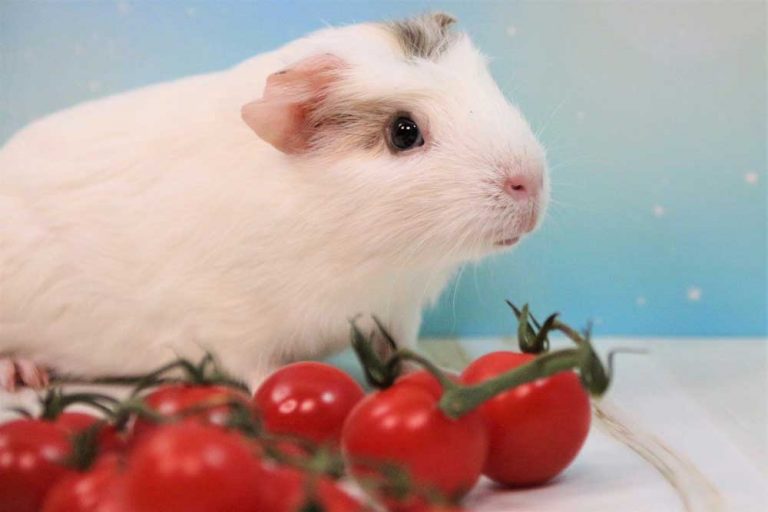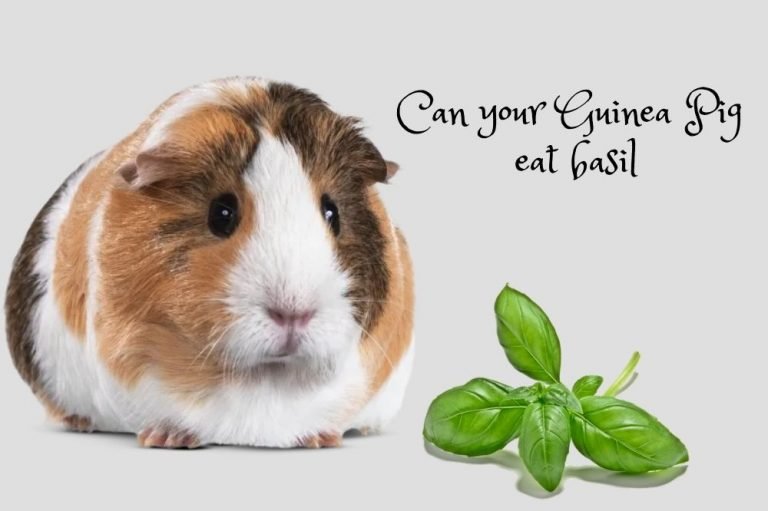Can Guinea Pigs Eat Radishes?
Guinea pigs will show a hunger for everything you feed them. Their main food is usually hay but they will wheek and squeal eagerly for treats.
Treats are usually veggies and fruits. It’s recommended that guinea pigs feed on a cup of veggies every day, which you can divide into two potions.
Fruits on the other hand are high in sugar and should be fed in measured quantities to avoid serious side effects arising from eating them.
Radishes are a type of veggie that is liked and disliked in equal measure by humans. But how about guinea pigs, do they enjoy them? Can they eat them?
Let’s find out.
Can guinea pigs eat radishes?
Guinea pigs can eat radishes. Radishes are highly nutritious with a good amount of Vitamin C which is a vital vitamin that guinea pigs cannot produce for themselves. They also contain other important nutrients like potassium which prevents blood pressure and fiber which aids in digestion. Radishes are low in fat but contain high amounts of oxalates and calcium which may bring about the formation of kidney stones.
Why are radishes good for guinea pigs
Radishes are a healthy addition to not only human diets but also guinea pig diets. So it’s okay to throw in some for your pet if you have them at hand.
Radishes contain vitamins and minerals like Vitamin B6, riboflavin, folate, iron, manganese, and magnesium.
Their major nutrients are:
Vitamin C
Vitamin C is a vital requirement for guinea pigs. They do not have the ability to make their own Vitamin C.
That makes it necessary for you to provide a diet with foods rich in the vitamin so that they do not have a lack of it. Vitamin C prevents scurvy and helps in faster healing of wounds.
Fiber
Radishes are a good supplement for constipation. Guinea pigs have a delicate digestive system that is prone to stomach upsets.
This makes them require a fiber-rich diet to assist in digestion. Radishes are a good source of fiber and giving them to guinea pigs will smoothen out digestion and prevent constipation.
Potassium
Potassium is another mineral that’s found in high quantities in radishes. Potassium reduces blood pressure and prevents the formation of kidney stones.
Low sugar
Radishes have a spicy peppery taste with low amounts of sugar making them great for your pet. Foods with high sugar content bring about negative effects to guinea pigs like tooth decay, diabetes, and unhealthy weight gain.
Are radishes safe for guinea pigs?
Radishes are safe for guinea pigs to eat. However, they do contain some components that could be harmful to their health if eaten in high quantities.
The components include:
High calcium content
Calcium is good for guinea pigs but only for pregnant and young guinea pigs. This is because it helps in the formation of strong bones.
For grown and mature guinea pigs though, it’s a different case. They do not need calcium.
Calcium in high quantities is harmful. It brings about kidney and bladder stones which in turn cause urination problems.
Guinea pigs will have issues while urinating like pain and bloody urine or not being able to urinate at all.
Foods with high calcium content should be given moderately to avoid these adverse effects.
High in oxalates
Oxalates have the tendency to bind with calcium leading to the formation of bladder stones. Foods high in oxalates should not be fed together to avoid painful side effects.
If feeding radishes, for instance, avoid giving foods like spinach, berries, and beets at the same time as they contain too many oxalates.
Do guinea pigs like radishes?
Guinea pigs like radishes but they tend to prefer the green top parts to the fleshy bulbs. Generally, bulb plants like onions are toxic to guinea pigs and advised against but radishes are good for them.
Most guinea pigs enjoy the green parts of plants more and it’s likely that yours will hardly glance at the bulb pieces but will gulp down the radish leaves in a heartbeat.
How often should guinea pigs eat radishes?
Radishes contain calcium and oxalates that can be harmful in high quantities. The fleshy parts of radishes should be fed once or twice a month.
The green parts with the leaves contain good amounts of Vitamin C. They are much safer to eat and can be offered as many as two or three times a week.
How to feed radishes to guinea pigs?
Radishes that you have bought other than planted in your own garden will have chemicals, pesticides, and bacteria. This makes it important to wash them thoroughly to avoid poisoning your pet.
An effective way of cleansing is by adding some vinegar to the water you are using to wash the veggie. Soak the radish in vinegar water for about 20 minutes before taking it out and rinsing with plain water.
Dry it with a piece of cloth and slice it up. For first time feeding, offer both the bulb and leaves to see which they prefer of the two or if they will like both.
Start with a few pieces and if they do not have any stomach upsets within 12 hours, you can go ahead with feeding the veggie as recommended.
Radish alternatives
As we saw earlier, not everyone is a big fan of radishes and not all guinea pigs will be either. If your pet does not like the vegetable, you can offer alternatives like:
- Asparagus.
- Carrots & carrot tops.
- Bell peppers.
- Beets & beets tops.
- Cabbage.
- Spinach.
- Herbs like basil & mint.
Conclusion
Radishes are great veggies for guinea pigs with their high content of Vitamin C, potassium, fiber, minerals, and low sugar.
They are good at preventing scurvy, aiding in digestion processes, and regulating blood pressure.
Most guinea pigs will prefer the leaves to the fleshy bulb. Radishes should be fed in moderation to avoid the formation of kidney stones that lead to urination issues.
If your guinea pig doesn’t like radishes you can offer alternatives like cabbage, asparagus, and carrots. High oxalate foods like spinach should not be fed together with radishes.

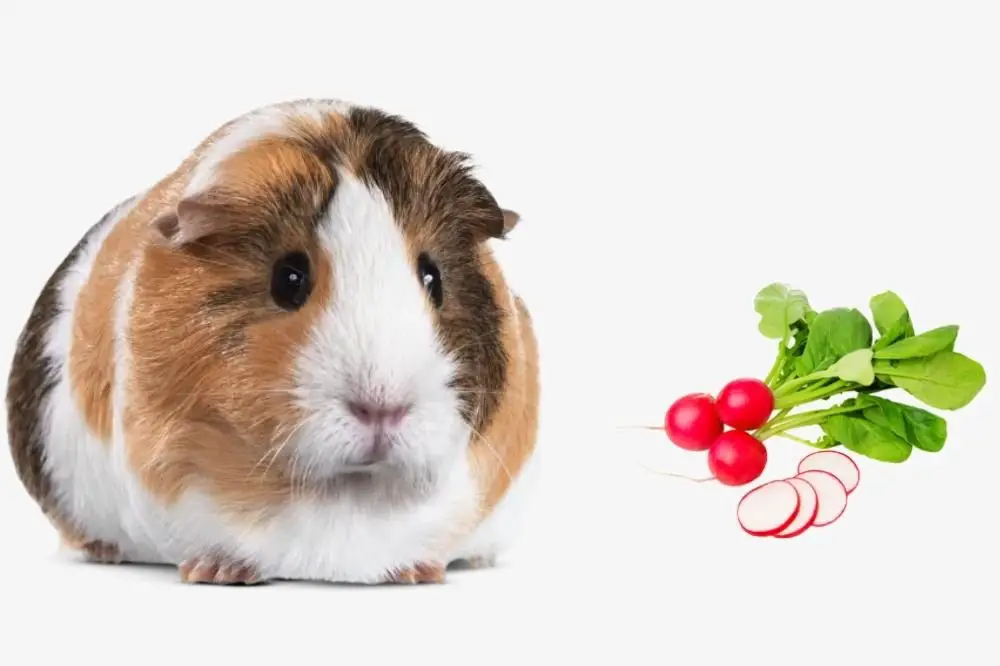
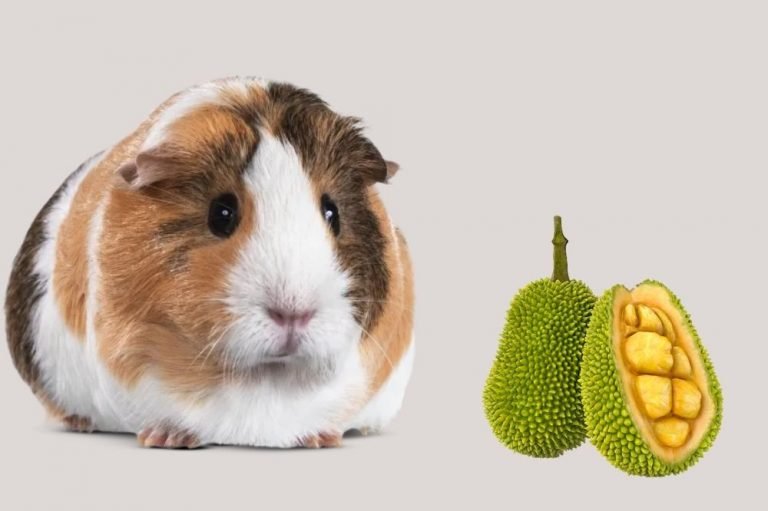
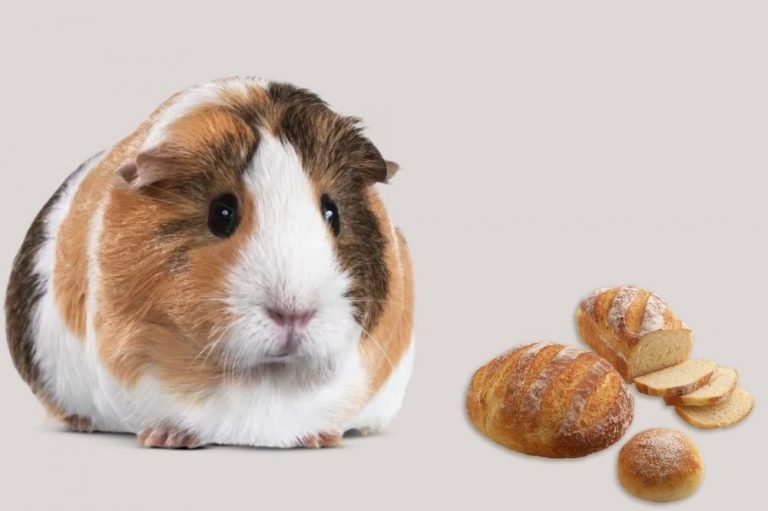
![Can Guinea Pigs Get Hiccups? [Reasons & What To Do!]](https://atractivopets.com/wp-content/uploads/2020/10/Guinea-Pig-15-768x541.jpg)
